SC screengrab Cornell footage
Do you have any thoughts on this post?
The elimination of Master Leasing Plans alters the up-front planning process meant to help balance the needs of wildlife with energy development
This week, the Bureau of Land Management made changes to its energy leasing process, altering up-front planning for development and limiting public input for land management decisions affecting fish, wildlife, and sportsmen’s access.
The agency specifically chose to eliminate the Master Leasing Plan policy, a tool designed to proactively balance energy development with other uses of public lands.
“Hunters and anglers have been working for more than a decade to help strike a more appropriate balance between wildlife habitat and energy production on our public lands,” says Whit Fosburgh, president and CEO of the Theodore Roosevelt Conservation Partnership. “Unfortunately, yesterday’s decision by the BLM alters the up-front planning and engagement process and reduces the American public’s ability to have a say in how their public lands are managed. This could easily lead to increased and unnecessary conflict between energy development and fish and wildlife habitat.”
The Master Lease Planning concept was a look-before-you-lease approach to identifying and resolving areas of conflict early in the process of development. Ideally, once leasing and development did occur, the BLM and stakeholders would have already taken care to avoid impacts to fish and wildlife habitat. This process played out successfully on public lands in Moab, Utah, and Northwest Colorado in recent years.
The memorandum released this week makes public participation optional at best in the review of public land parcels identified for potential leasing. It also shortens the protest period for contestable leases from 30 days to 10 days.
“Rolling back the MLP policy is a step backward for an administration that says it wants to deregulate and bring decision-making on public lands closer to home, because diligent and transparent up-front planning prevents the need for red tape and costly mitigation later,” says Fosburgh. “We encourage the BLM to gather public feedback early in the process, use the best available science, and listen to constituents from every economic sector reliant on public lands—including the hunters, anglers, guides, outfitters, and retailers who drive the $887-billion outdoor recreation economy.”
Top photo by BLM Wyoming via flickr
Opening more public land to hunting and fishing is something we can all agree on—and to leave a truly sportsmen-friendly legacy, Interior must match access achievements with a vision for habitat and conservation funding
As we round the corner into year two of the Trump administration, there is plenty to debate about the Interior department’s track record on conservation and how the agency plans to safeguard some of our best places to hunt and fish. It can be said with a straight face that we haven’t yet seen a conservation vision from the department, and what we have seen is predicated on addressing roadblocks to energy development.
I think what we can agree on is that DOI is moving things in a positive direction on public access to our nation’s public lands.
The Interior department’s focus on expanding access has been building since March of 2017, when Secretary Ryan Zinke signed the first of two hunting-and-fishing-focused Secretarial Orders. The first order, SO 3347, directed the Bureau of Land Management, U.S. Fish and Wildlife Service, and National Park Service to develop reports that (among other things) would identify ways to expand recreational access to public lands. Those reports can be accessed here and here, and they include some good ideas that would be positive for hunters and anglers.
Then, in August, DOI went forward with acquiring 4,176 acres of private land adjacent to the 16,000-acre Sabinoso Wilderness Area in New Mexico, which until that time was completely landlocked by private ranches. Because of this acquisition, the Sabinoso area is now open and accessible to all Americans. In November, the department finalized a process to open an additional 132,000 acres across 10 national wildlife refuges to recreational hunting and fishing.
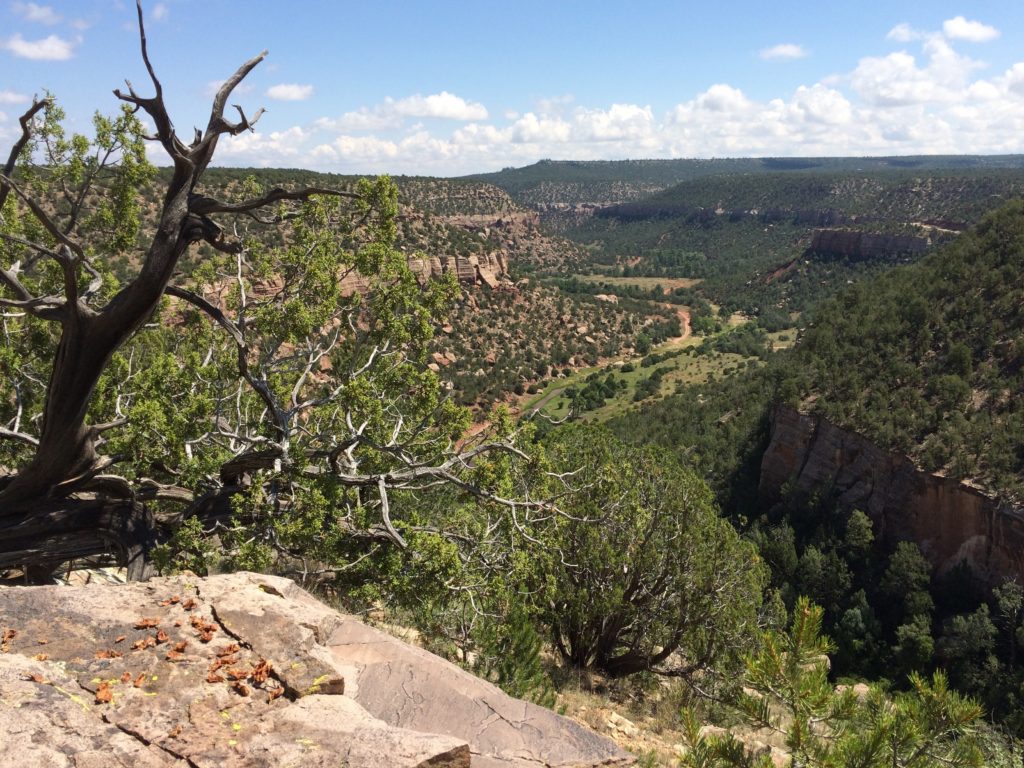
Perhaps most significantly, Secretary Zinke issued his second secretarial order on hunting and fishing in September—SO 3356. Among other things, it directed the BLM, National Park Service, and U.S. Fish and Wildlife Service to produce plans to expand access for hunting and fishing AND identify lands where access is currently limited. This might include areas that may be impractical or effectively impossible to access under current conditions via public roads or trails, but where there may be an opportunity to gain access through an easement, right-of-way, or land acquisition. The agencies will need to provide a report detailing such lands to the Deputy Secretary of the Interior.
Sportsmen know firsthand that just because public lands are public, it doesn’t guarantee that they’re accessible. Plus, many roads and trails have fallen into disrepair, barring further access. We believe that the action plans being developed by the agencies could help make major progress toward securing access to inaccessible lands.
We applaud what these orders stand for and would like to see them implemented thoughtfully and collaboratively with the locals who understand their public lands challenges best. However, if the administration is truly interested in seeing their access vision reach fruition, they must step forward and make sure that there is federal money to support these projects. This includes reauthorizing and funding the Land and Water Conservation Fund by the end of the 2018 fiscal year.
The LWCF is a federal program that uses royalties from offshore oil and gas development to finance land acquisitions and easements aimed at providing public access and conserving valuable habitats. Without this program, most acquisition projects aimed at expanding public access would not be possible. The 54-year-old program’s authorization will expire at the end of September, throwing into question DOI’s ability to secure access to landlocked parcels of public land.
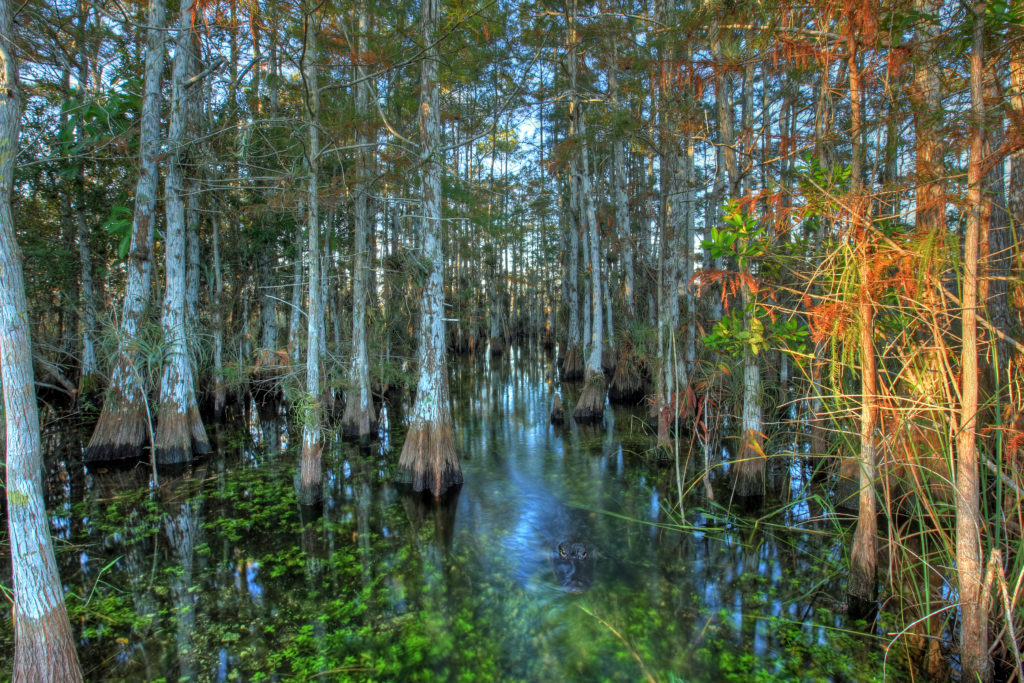
There has been a lot of talk between Congress and the Administration about striking a budget deal for the remainder of 2018, and the president is expected to release his proposed 2019 budget by February 12. These budget processes represent a golden opportunity for the administration to not only support strong funding for LWCF, but also demonstrate a commitment to road and trail maintenance projects that benefit public land users.
Beyond expanding our access, American sportsmen and women are depending on the administration to create a parallel vision for habitat conservation on public lands. After all, access doesn’t matter if we don’t also have strong conservation policies to ensure that we’ll find healthy fish and game populations once we’re out there.
The TRCP remains committed to persuading the Interior department to do just that. If you want to add your voice, visit Sportsmen’s Country.
Right now, Congress is drafting the 2018 Farm Bill and sportsmen want to be a part of the conversation
There is no greater opportunity for conservation in America than the prospect of a new Farm Bill, especially considering that it accounts for nearly $5 billion in nationwide spending on soil health, water quality improvements, and on-the-ground habitat for the wildlife we love to pursue. But in agriculture-dominant states, the stakes are particularly high for landowners, sportsmen, and surrounding communities.
This is why the TRCP recently joined forces with the Illinois Conservation Foundation to speak with hunters and anglers in three local forums about the Farm Bill conservation programs that help create better habitat and access on private lands in the Prairie State. For me, it also meant that—not long after joining the TRCP as the new director of agriculture and private lands in D.C.—I was going home.
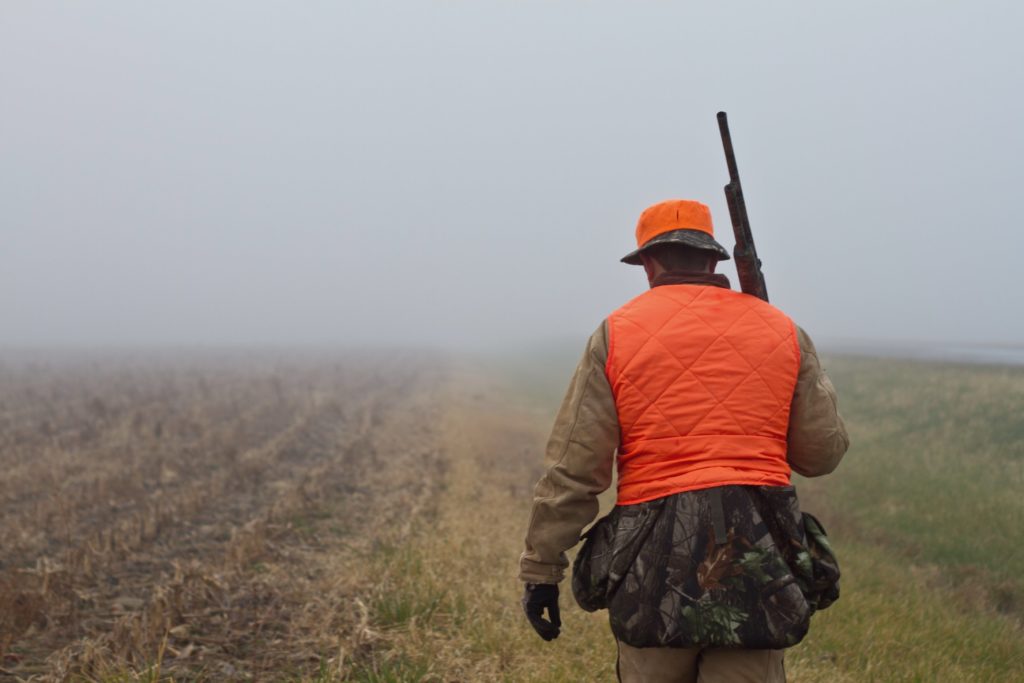
Illinois is 95 percent private land, and—as in many Corn Belt states—access for hunting and fishing is increasingly limited. It’s in places like my home state that the Farm Bill can be a game changer for the college kid who can’t afford a deer lease or parents who are looking for a place to take their kid hunting or fishing for the very first time. Through federal funding made available by the Farm Bill’s Voluntary Public Access and Habitat Incentive Program, the Illinois Recreational Access Program has opened up 17,600 acres of private land to the public for hunting and fishing. That’s a big win for sportsmen, but also the small businesses we rely on to keep us fueled, fed, and geared up for our adventures.
Illinois also boasts 87,110 miles of rivers and streams within the state and another 880 miles of river along its borders. This means that Illinois has a tremendous opportunity to utilize the conservation tools within the Farm Bill to improve water quality across the rest of the Mississippi River Basin. As farmers are incentivized to convert less productive croplands to habitat, the great side effect of creating better conditions for deer, ducks, and pheasants is capturing sediment, fertilizer, and pesticide run-off before it enters local waters.
As I can personally attest, Illinois is a very special place to grow up hunting and fishing. Like most, I started with a 4-10 shotgun and squirrels. When I wasn’t exploring the woods looking for greys and reds, it was blue gill with a cane pole. With coaching from my father and brother, I graduated to taking white tail with a bow and largemouth bass with a bait caster- all without ever leaving Southern Illinois.
Hunting and fishing is a critical component of the economy in Illinois. In total, the outdoor recreation economy accounts for $24.8 billion in consumer spending and directly supports 200,000 jobs. Sportsmen in Illinois also have the unique advantage of having three Representatives and one Senator on the House and Senate Agriculture committees that will craft the next Farm Bill.
After walking through the complex alphabet soup of Farm Bill programs and their benefits with nearly 100 sportsmen from Alton to Peoria, we expected (and encouraged) questions. But I was surprised by the most common thing we heard: How can we make our elected officials understand how important this is? Sportsmen and women were sold, and they wanted to carry the message to the people who needed to hear it.
At TRCP, we’re working to make it as easy as possible. For one thing, we share everything we know about the Farm Bill and how it can impact your hunting and fishing on our blog—click HERE to get the latest right in your inbox. We also give you as many chances as possible to contact your lawmakers directly on the issues that matter. Start now by sharing your story about the value of access and enhancing sportsmen’s opportunities to hunt and fish in the next Farm Bill.
If you’d like to learn more about the 2018 Farm Bill or talk about additional ways to get involved, contact me directly at amaggos@trcp.org.
When it comes to balancing development with stewardship of fish and wildlife habitat, mitigation is a critical conservation tool that more sportsmen and decision makers should understand
The simplest definition of mitigation is “the action of reducing the severity, seriousness, or painfulness of something.” A colleague of mine once shared a great metaphor that helps to explain the concept: Let’s say you and I are sitting at a bar enjoying our favorite beverage and you’ve finished half of yours when I suddenly knock it over, spilling what’s left.
Would you feel the effects of my actions were mitigated if I bought you half a drink? How about if I grabbed a napkin, soaked up the remains of your drink, and squeezed it back into your glass? Even if you were to accept this and drink the remaining soaked up beverage, it would be a loss to you.
Truly mitigating the impact I had on your evening would, at the very least, mean buying you a new drink. I should probably consider buying the next round, too, if I want to get invited again!
Now, what if the precious resource lost was not your favorite IPA, but fish and wildlife habitat?
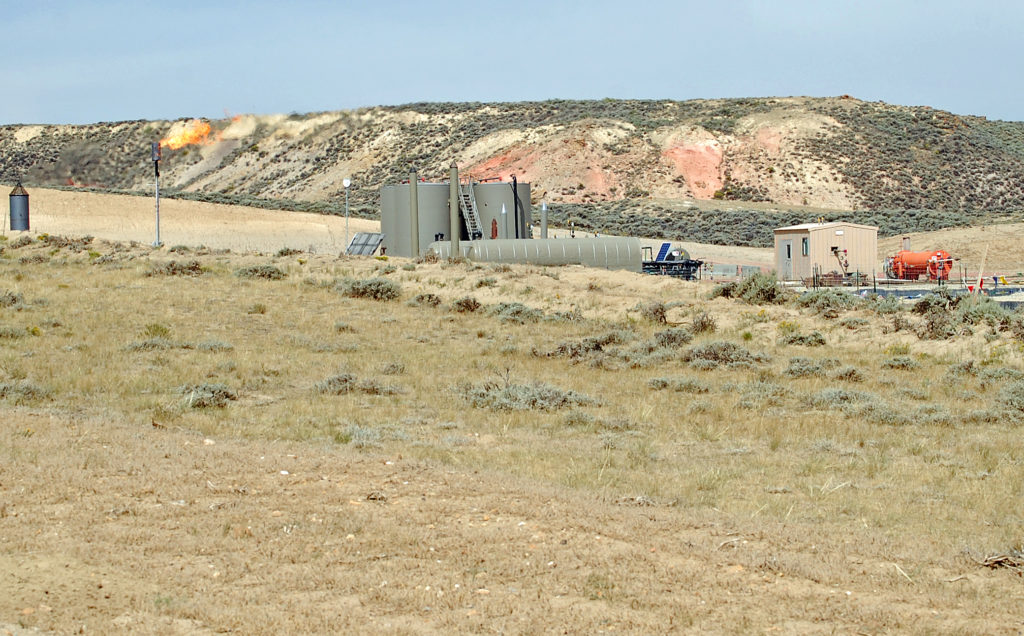
There is a foundational hierarchy to mitigation, and it starts with doing no harm: The very best way to mitigate impacts of development on habitat is to avoid those impacts in the first place. After all, some places are just too important to develop, or it might not be possible to replace that habitat elsewhere.
Think about the very best wintering area for a mule deer herd. Some may argue those deer “will just go somewhere else” if a project goes in that would have impacts. But will they? Even if they do alter their course, we have no way of knowing if they are just as likely to survive a harsh winter on different terrain. Wouldn’t it be better to avoid the area in the first place?
The next step in this hierarchy is to minimize impacts. A project developer should employ a wide range of actions to avoid as much disturbance as possible to animals in the area. For example, a proposed transmission line could be located along an existing road system to minimize fragmenting otherwise undisturbed habitat. Or, loud noises could be minimized in a variety of ways to lessen disturbance to animals.
If unavoidable or unforeseen impacts occur, the next step in the mitigation hierarchy is to compensate for the loss by creating habitat somewhere else. This might involve securing a conservation easement on private land or restoring adjacent habitat with treatments designed to improve conditions for the affected species overall. Compensatory mitigation for a new road system or oil and gas field in sagebrush habitat could involve, for example, payments by the developer to cut invasive juniper trees that have pushed out sage species’ preferred cover.
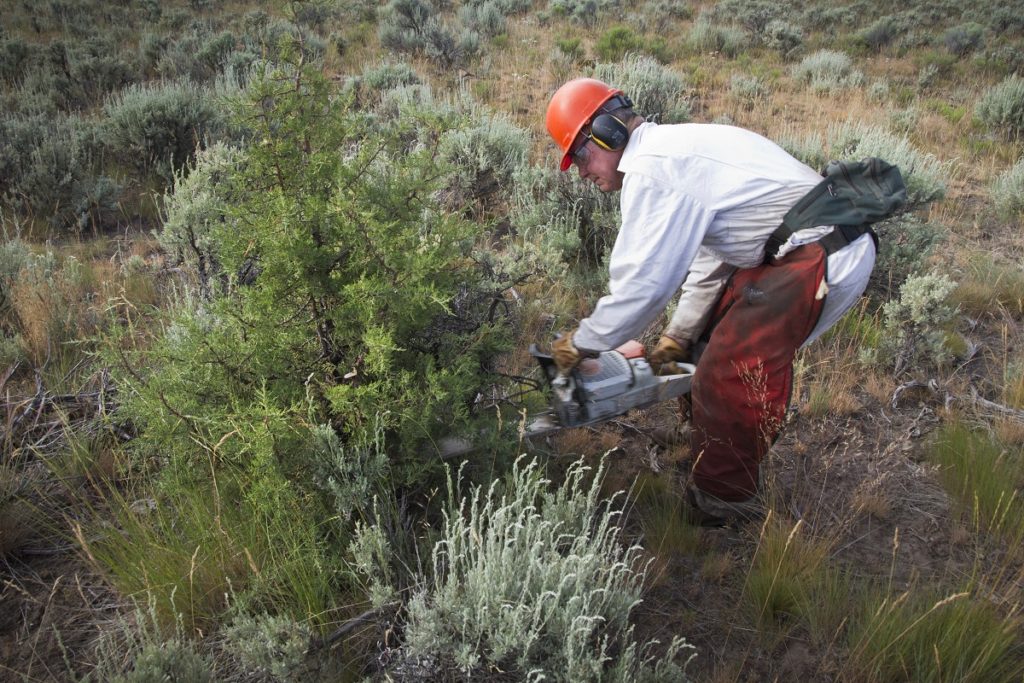
A very important consideration when determining how much compensatory mitigation is needed is understanding how animals respond to the project. Sometimes it’s not enough to replace the habitat removed in the area of a well pad, road, or wind turbine—often referred to as the “footprint” of the project. At times, the affected wildlife might also avoid using what looks like perfectly good habitat around the project footprint because they just don’t like being near the infrastructure, noise, or humans. In this case, to truly mitigate the actual impact, we have to figure out the footprint plus the area the animals avoid near it and replace that habitat elsewhere to achieve what is called “no net loss.”
Mitigation that only accounts for the footprint of the project is almost always a loss—think about that half a beer I spilled. Buying my buddy half a pint doesn’t really set the situation right, even though I’m technically replacing what he lost. There’s no other way to go from less habitat to no net loss of habitat unless mitigation accounts for the entire area affected by the presence of a project.
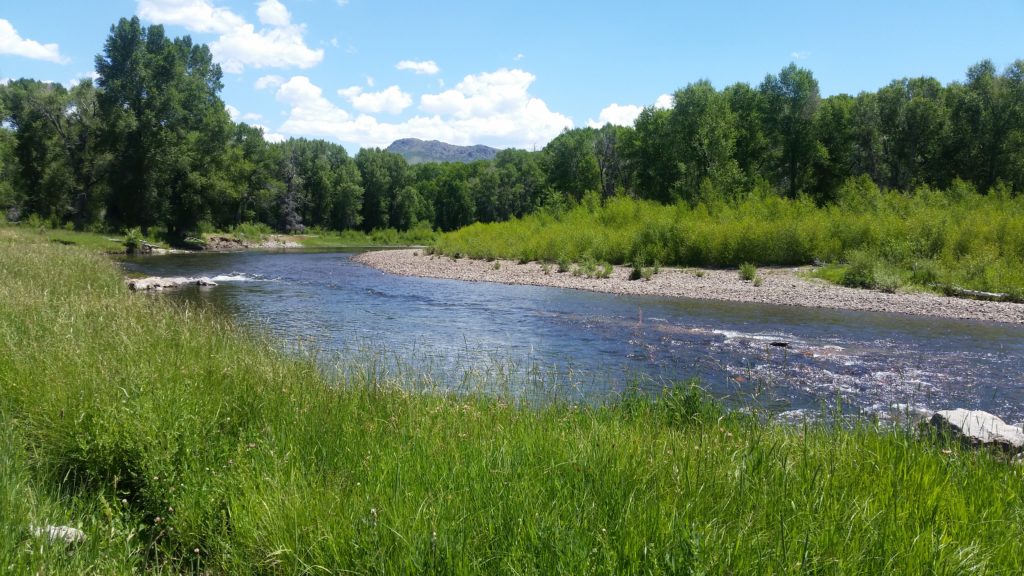
So why does all this matter for sportsmen and women? Without mitigation as a tool for conservation, development equates to a loss of fish and wildlife habitat—plain and simple. That’s why the TRCP is working with our partners and a wide range of conservation and sportsmen’s groups to speak up for habitat mitigation, especially where there’s an appetite for more development on public lands.
Lost habitat equals fewer animals, less opportunity for hunters and anglers, and a hit to the local outdoor recreation economy. Sportsmen and women must stay informed and engaged, even on public land management issues as complex as mitigation, so we don’t wind up settling for half a beer.
This post was originally published in March 2018 and has been updated.
Theodore Roosevelt’s experiences hunting and fishing certainly fueled his passion for conservation, but it seems that a passion for coffee may have powered his mornings. In fact, Roosevelt’s son once said that his father’s coffee cup was “more in the nature of a bathtub.” TRCP has partnered with Afuera Coffee Co. to bring together his two loves: a strong morning brew and a dedication to conservation. With your purchase, you’ll not only enjoy waking up to the rich aroma of this bolder roast—you’ll be supporting the important work of preserving hunting and fishing opportunities for all.
$4 from each bag is donated to the TRCP, to help continue their efforts of safeguarding critical habitats, productive hunting grounds, and favorite fishing holes for future generations.
Learn More
